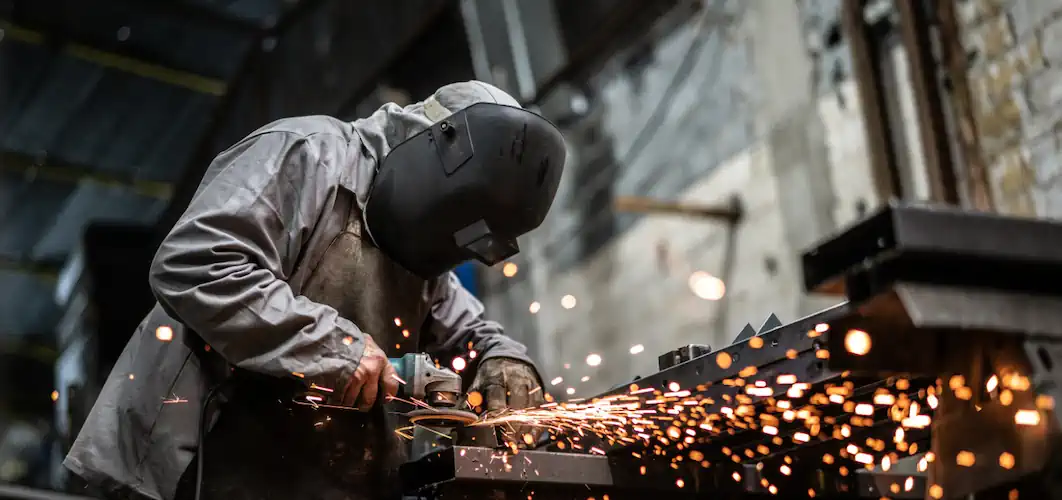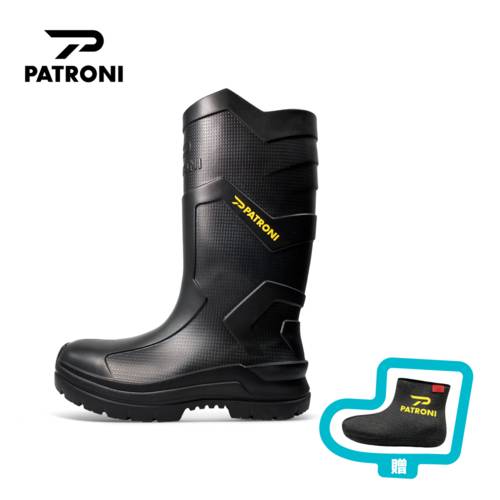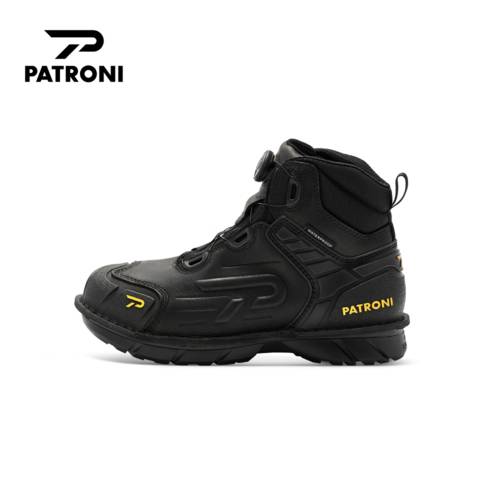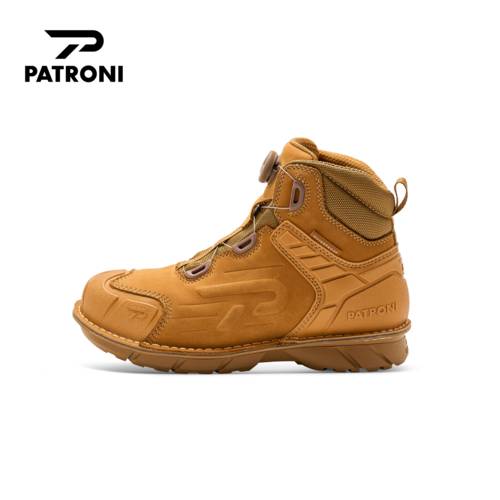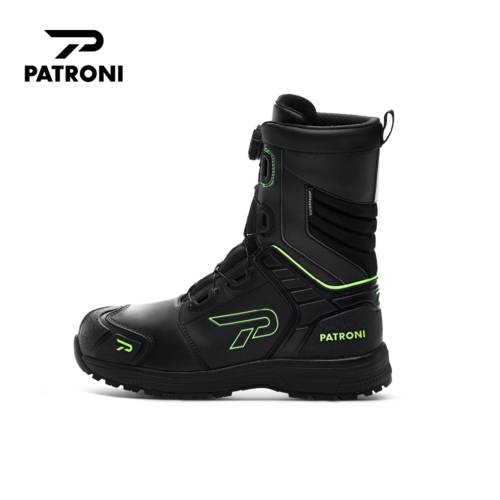The Different Uniforms According To The Firefighters' Interventions
Firefighting isn't just an occupation that is overly idolized in kids' rhymes and childhood. The thrill and sense of accomplishment are real, as are the dangers the firefighters have to face, mentally and physically. When all avenues of physical protection like good work practices, structural engineering, and administrative controls are exhausted, the need for personal protective equipment becomes crucial.
If you think about it, a firefighters uniform is a stereotypical element consisting of red overalls, a yellow safety helmet, protective poncho, goggle-type safety glasses, heavy boots, thick gloves, and in severe cases, an oxygen tank.
However, a firefighters uniform differs from situation to situation, depending on the intervention. The personal protective equipment is designed for tackling certain conditions like fire intervention, wildfire intervention, hazardous intervention, search & rescue intervention, and such.
In this blog post, we explore the various firefighter uniforms and how the personal protective equipment differs in each intervention.

Firefighter Uniforms
Depending on their intervention situation, firefighters may face an array of hazardous conditions that require specialized protective clothing.
Structural firefighters usually fight fires in large built-up areas; wildland firefighters often face natural disasters such as wildfires or floods; hazmat involves contact with hazardous materials which often requires its type of protective gear. Technical rescue personnel require uniforms designed for high-angle rescues or water rescues approved by OSHA or NFPA standards and specialized personnel often wear uniforms customized to suit their particular environment or mission.
Every firefighter uniform is designed with specific care to ensure that it not only meets safety regulations but also gives the wearer all the comforts of home in a time of crisis.
- Unique Uniform Features
- Firefighter uniforms must have a variety of important features due to their dangerous job.
- ● Structural units need lighter, breathable protective gear for fighting fires indoors.
- ● Wildland firefighting uniforms are designed from an outer layer of flame-resistant material with a layer of insulation underneath for working in fires outdoors.
- ● Hazmat firefighters often wear bulky suits with surgical masks and respirators to protect them from toxic materials during chemical spills and hazardous waste cleanup.
- ● Technical rescue outfits provide extra protection when performing tough rescues and extractions.
- ● Lastly, specialized gear like diving equipment, ice rescue equipment, and incident command vests offer additional safety depending on the task at hand.
- The visibility feature is important throughout all types of firefighter work - enhanced visibility provided by reflective strips or decals helps firefighters be seen when responding to incidents day or night, ensuring their safety on the job.
- No matter what type of firefighter uniform is needed, thermal protection, water resistance, and high visibility are key features that can't be overlooked.

- Structural Firefighting Uniforms
- Coats
The coat is the outermost layer of a firefighter's turnout gear. It is usually made of a heavy-duty fabric such as para-aramids. The coat protects the firefighter from the intense heat and flames of the fire. It also has reflective stripes that help make the firefighter visible in low-light conditions. - Pants
The pants are usually made of the same heavy-duty fabric as the coat. They protect the firefighter's legs from the heat and flames of the fire.
- Hoods
The hood is worn over the head and faces to protect the firefighter from the heat and flames. The hood is usually made of Nomex or Kevlar. It has a clear visor that covers the face and helps protect the firefighter's vision. - Boots
The boots are worn to protect the feet from the heat and flames of the fire. They are usually made of leather or another heat-resistant material. The boots also have metal toe caps that help protect the feet from falling debris. - Helmets
Finally, firefighters also wear protective helmets during structural firefighting. These helmets help to protect firefighters from falling debris and prevent them from being injured by flying embers or other objects. Helmets also usually have face shields for eye protection and to help protect firefighters from smoke and heat.
Respiratory protection
One of the most important pieces of gear that firefighters use during structural firefighting is their turnout gear. This specialized clothing is designed to protect firefighters from the intense heat and flames that are often present during a fire.
Turnout gear typically includes a coat, pants, hood, and gloves, all made from materials that can withstand high temperatures. In addition to being heat-resistant, turnout gear is also usually brightly colored or reflective so that firefighters can be easily seen by their colleagues in low-light conditions.
Another essential piece of gear that firefighters use during structural firefights is their SCBA (self-contained breathing apparatus) or powered air-purifying respirators. These devices provide firefighters with a clean air supply so that they can breathe safely even if the air around them is filled with smoke or other toxins.
SCBAs usually consist of a mask that covers the nose and mouth, a small air tank, and a regulator that controls the flow of air from the tank to the mask. Air-purifying respirators are generally utilized in medical settings where workplace hazards like inhaling potentially infectious material are a possibility.





